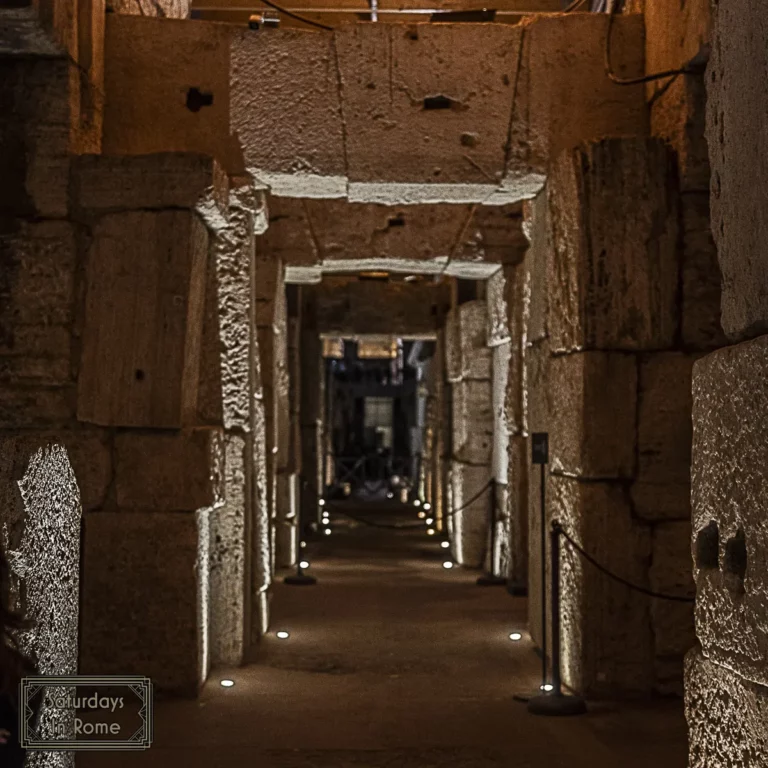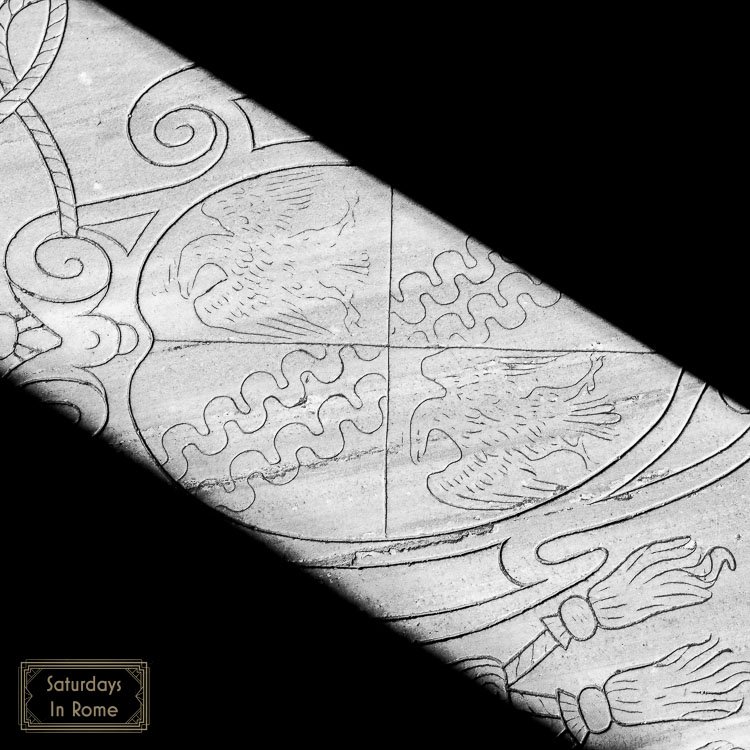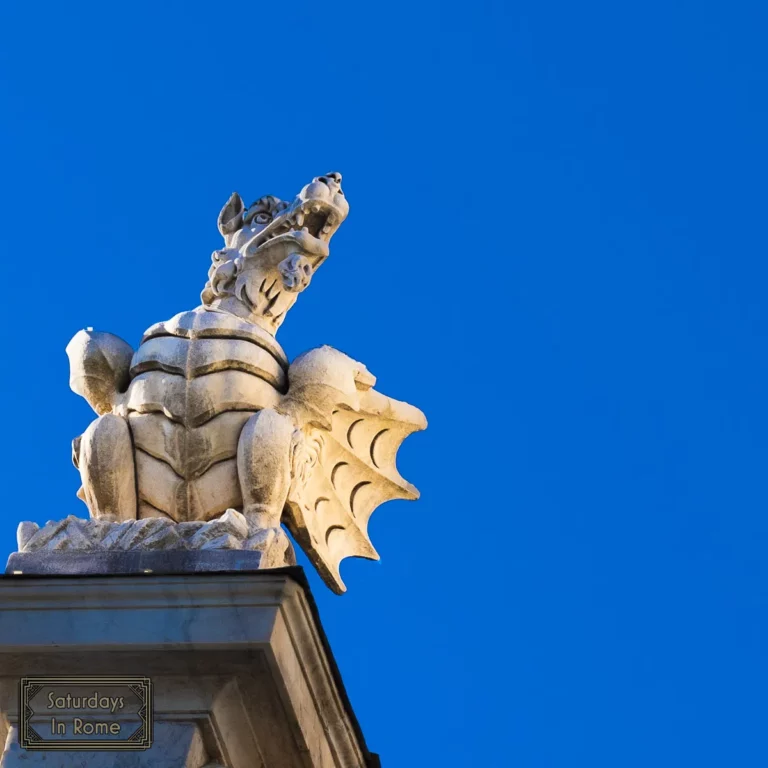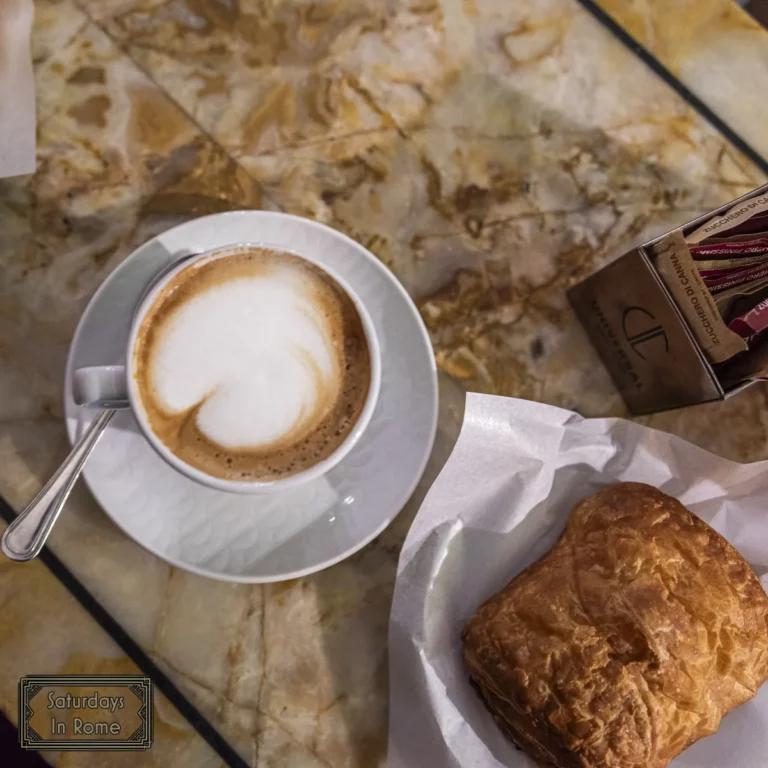The 7 Hills Of Rome Hold The Secrets Of The Ancient City
The 7 Hills of Rome hold all the secrets of the ancient Roman empire and are at the geographical heart of the city within the Aurelian walls.
Nero’s Golden Home
These Seven Hills are now the sites of monuments, historical buildings and parks that range from beautiful to a bit neglected.
The History Of The City Of Seven Hills
The Latin term Septimontium, or seven mountains in English, was used by the ancient Romans to represent a territorial concept connected to the city of Rome. According to the most agreed upon belief, the term derives from Septem Montes, which is a clear reference to the seven peaks of the first inhabited nucleus of the city.
Need Help Planning?
- Cheap Flights: Find The Most Affordable Flights.
- Accommodations: From 1 to 5 Stars And More.
- Car Rentals: Affordable Travel Across Italy.
- Sightseeing Tours: Explore Some Amazing Tours.
- Buying An eSIM: Stay Connected In Italy.
This post includes affiliate links.
There is also a religious aspect to the term Septimontium. It was reportedly a feast that was celebrated on January 11th, which was established by King Numa Pompilius. It consisted of a procession along all the “seven mountains” sacrifices to be celebrated at the sites of the 27 sepulchers of the Argei, who were the heroic Greek princes who, having arrived in Lazio following Hercules, snatched the hills on which Rome would later rise from the Sicilian and Ligurian populations settled there.
The Roman municipality is identified by the Septimontium, which were initially restricted to the mountains only, it was later expanded to include the hills of the Quirinale and the Viminale (Latiaris, Mucialis, Salutaris, Quirinalis and Viminalis), as the modern urban city that stood on these hills was identified.
There Are Seven Hills In Rome
The Seven Hills in Rome are called:
- Aventine Hill (Aventino)
- Caelian Hill (Celio)
- Capitoline Hill (Campidoglio)
- Esquiline Hill (Esquilino)
- Palatine Hill (Palatino)
- Quirinal Hill (Quirinale)
- Viminal Hill (Viminale)
Aventine Hill
The Aventine Hill in Rome, which I wrote about previously, is the southernmost of Rome’s seven hills. It was not included within Rome’s original foundation and was outside the city’s ancient boundary. The Aventine seems to have been some kind of staging area or entrance for foreign peoples and foreign cults into Rome. During the imperial era, the character of the hill changed and it became the home of many aristocratic residences, including the private houses of Emperors Trajan and Hadrian before they rose to power. The new aristocratic character of this neighborhood was probably the cause of its total destruction during The Sack of Rome.
Rose Garden Competitors
During the Fascist period, pre-World War II, many politicians of the opposition retired on this hill, ending their presence at the Parliament and as a consequence, their political activity. The hill is now an elegant residential part of Rome with a wealth of architectural interest, including palaces, churches, and gardens. For example, the basilica of Santa Sabina and the Rome Rose Garden.
Caelian Hill
Located in the south of Rome, east of Aventine Hill, and close to the Colosseum, Caelian Hill was the residential area of the wealthy families of Rome during the era of the Republic. Proof of this wealth are the elaborate villas which have been discovered beneath the nearby ruins of the Baths of Caracalla. There are many noteworthy churches in the area, including the three-tiered Basilica of San Clemente, first built in the 12th century and the Basilica of St. John in the Lateran, the oldest basilica in Rome and the seat of the Pope in the Italian capital.
Capitoline Hill
The Capitoline is known to be the most important of the Seven Roman Hills. It may be the smallest, but it was the scene of some of the most important historical events in Rome. It overlooks the Roman Forum and today houses the town hall of Rome.
Big Foot at the Capitoline Museums
Easily the top sight on the Capitoline Hill is the Piazza del Campidoglio. Designed by Michelangelo and aligned with the St. Peter’s Basilica, it’s surrounded by the Capitoline Museum highlights which are a “Must See” and includes the Statue of Marcus Aurelius. The original bronze is inside the museum and outside in the piazza is a replica. The museum also houses the statue of the she-wolf that, according to legend, fed Romulus and Remus.
Esquiline Hill
Historically, the Esquiline Hill was famous for the Domus Aurea of Emperor Nero, which stood in what is now Colle Oppio Park, and it was the largest villa built in Rome. Visitors can admire the elaborate stucco ceilings, frescoes, and incredibly expansive dimensions during site visits on weekends.
Another important site on Esquiline Hill is the modern Basilica of Santa Maria Maggiore. It’s thought to be one of the largest churches in Rome dedicated to the Virgin Mary. In more modern times, it was used as an escape for Cardinal Law from Boston who, while under active investigation by a grand jury for his participation in the sex abuse scandal in the Catholic Archdiocese of Boston, was appointed by Pope John Paul II to be the Archpriest of the Basilica. He remained there until his retirement in 2011. For more information on this topic, please watch the fabulous 2015 film Spotlight.
Palatine Hill
Romulus, Remus and the She-Wolf
According to legend, Romulus and Remus founded the original city of Rome on Palatine Hill, which was the location of the cave, known as the Lupercal, where Romulus and Remus were found by the she-wolf Lupa that kept them alive.
It overlooks the Circus Maximus to the south and overlooks the Roman Forum to the northeast. The most notable site to see is the Palace of Domitian, which was built as Roman emperor Domitian’s official residence in 81–92 AD. Its remains sit atop and dominate the Palatine Hill in Rome, alongside other palaces. The Palace is a massive structure separated today into three areas, Domus Flavia, Domus Augustana and the garden.
Quirinal Hill
Quirinal Hill is in the north-east of the city center. It houses the official residence of the Italian head of state, who resides in the Quirinal Palace. Before the Italian monarchy was removed peacefully in 1946, the Palace was the residence of the King of Italy, and before 1871 it was a residence of the Pope.
Also on Quirinal Hill is Piazza Barberini. It was built in the 16th century, and was named after the Palazzo Barberini, but many of the surrounding buildings have subsequently been rebuilt. At the center of the piazza is the Fontana del Tritone or Triton Fountain sculpted by Bernini.
Viminal Hill
Termini Station
Viminal Hill is the smallest of the Seven Hills of Rome. You most likely have been on this hill if you have ever been to Rome as it houses the Termini Railway Station for your train travel in Italy. It also houses the Piazza Della Repubblica and the Rome Opera House (Teatro dell’Opera).
More Than The Seven Hills
There are other Roman hills of note that you should be aware of. Oppian Hill (Oppio) is across from the Colosseum and home to Colle Oppio Park (il Parco del Colle Oppio) and nearby is Velian Hill (Velia) which was marked by the Arch of Titus and Temple of Venus and Roma. Near Vatican City is the beautiful Janiculum Hill (Gianicolo) which also should not be missed.
Know The 7 Hills Of Rome
It’s unlikely that you will need to memorize the 7 hills of Rome as a point of reference for a taxi or if someone approaches you for directions on the street, but it’s just that little bit of additional knowledge that will get you more in touch with Ancient Rome. Here is some additional information that is helpful to better know Rome:
- Essential Rome, Italy Travel Tips That Everyone Needs
- Roman Safety: Your Complete Guide For Avoiding Problems
- The Piazza Venezia Construction Is An Obstacle For Visitors
- How To Stay Safe In Rome When Traveling On Vacation
- Rome’s Train Station Has SIM Cards Waiting For You
- Buying A Sim Card In The Rome Airport Is Easy With Our Help
- Is Rome Safe To Walk Around At Night For Tourists?
- How You Can Get A Rome SIM Card As Easily As Possible
- Is The Roma Pass Worth It? This Guide Will Help You Decide











